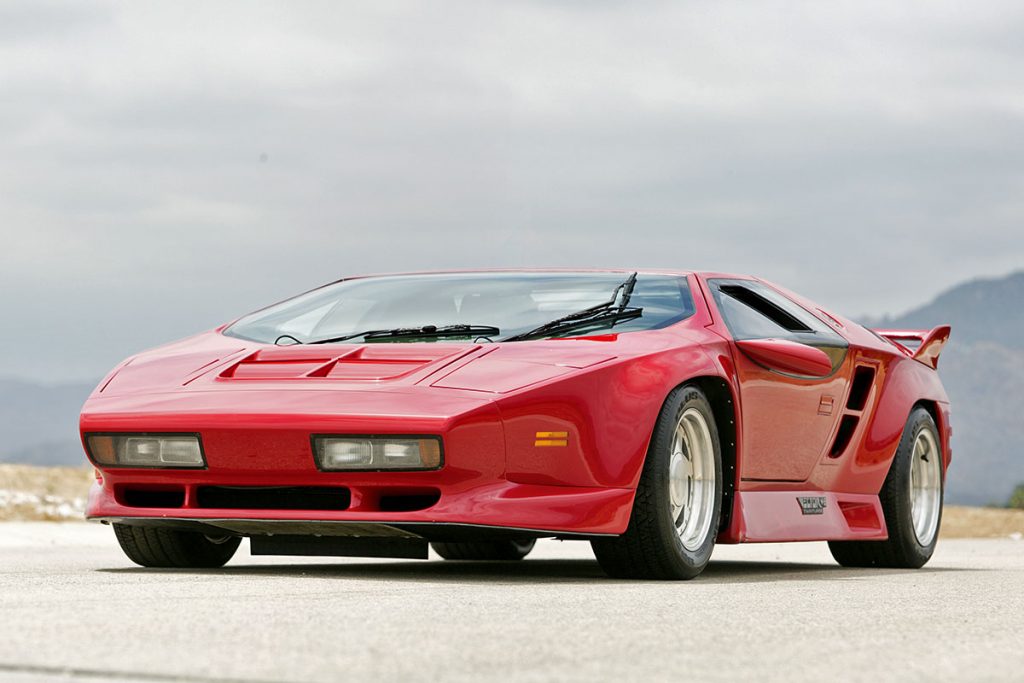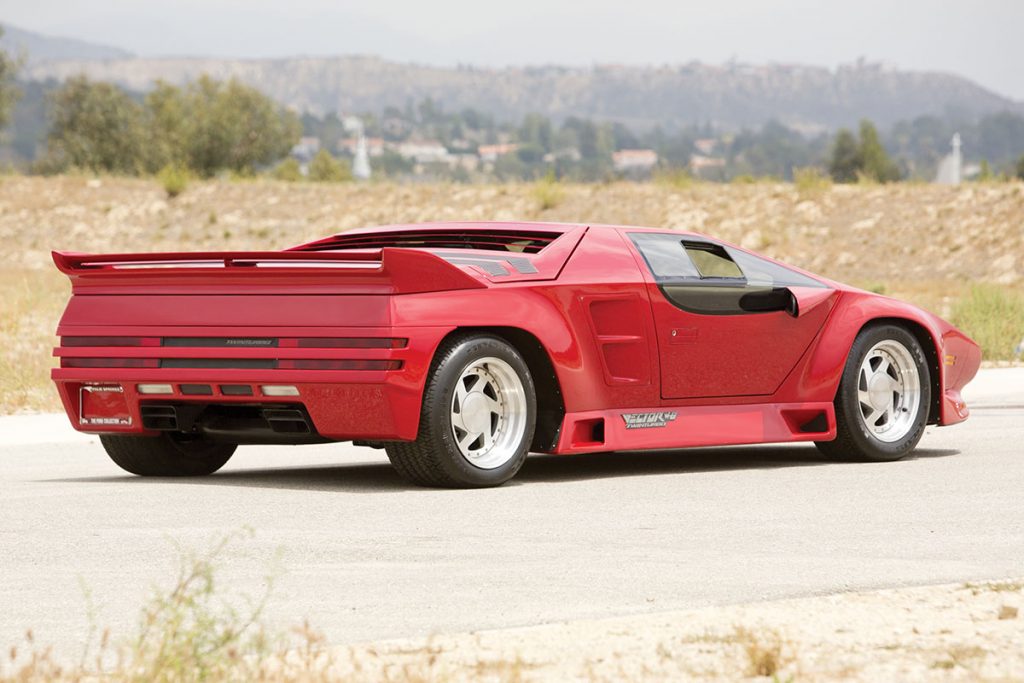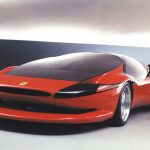We recently brought you the story of the Saleen S7, a bona fide American supercar. But before the Saleen came something even more outrageous and dramatic: the Vector W8. In fact, before the Saleen came a short string of tiny-volume supercars from Vector, but it was the W8 that kicked things off, and it was also the one made in the biggest numbers. But when you bear in mind that just 17 W8s were made, we’re hardly talking Ford Fiesta levels of production.
The man behind the Vector W8 was Jerry Wiegert, who set up Vehicle Design Force in 1978; this would morph into Vector Car in 1987, and by 1989 the company had changed its name to Vector Aeromotive, and it was in this guise that the W8 would be sold.

Wiegert sketched out his first designs for his own supercar way back in 1971. Having served his apprenticeship at GM, Wiegert realised that he wasn’t a company man – unless the company was his, and he was in charge. In late 1971 he struck up a partnership with Hollywood-based Lee Brown, who ran Precision Auto Body. The two agreed to create a running version of Wiegert’s sketches, but it didn’t take long for the two of them to fall out.

Brown’s start point for the W2 was a Porsche platform, complete with mid-mounted flat-six, but once he and Wiegert had fallen out, what was shown at the 1972 LA Auto Expo was a static prototype with no running gear or interior. It would take another seven years to turn the W2 into a runner, powered by a 5.7-litre twin-turbo Chevrolet V8, but it would be more than a decade before the W2 went into production as the W8.
Wiegert spent the whole of the 1980s trying to raise funding to manufacture the W8. The high-profile failings of the Bricklin and DeLorean projects made it all but impossible to get backing for any kind of specialist sports car, but finally, at the end of 1990, the first production W8 was ready for delivery.

Powered by a twin-turbo 6-litre, all-alloy V8 rated at 625bhp, the W8 was claimed to be capable of as much as 242mph, at a time when the only regular production car able to break the 200mph barrier was the F40, with Ferrari claiming a 201mph top speed. Nobody ever got to verify the W8’s top speed, but Car & Driver did manage 0-60mph in 3.8 seconds, and a standing quarter time of 12 seconds at 118mph.
The problem was that the W8 had the best of everything; aircraft-grade switches, wiring, construction and more. With no economies of scale the W8 came with a massive price tag, and when the first example was delivered it cost its owner a hefty $450,000. It wouldn’t have been so bad if the car was reliable, but early press cars broke down with monotonous regularity, and when tennis star André Agassi brought a high-profile lawsuit against Vector for poor build quality, that pretty much sealed things.
In 1993 Vector went bust, but that’s when the story gets really interesting, with the development of the AWX-3 and the M12, which in due course we’ll tell you all about. Jerry Wiegert died in January 2021, aged 76. Right up to his death, after a 50-year run up, he was preparing to launch an all-new hypercar which would have had 3000bhp, would be capable of 300mph and it would have cost $3 million. You’ve got to love an optimist.
Read more
The greed that drove John DeLorean to destruction
Cheddar Gorgeous: 10 times Britain perfected the wedge car
20 rock stars’ cars: For those about to rock – and drive – we salute you












I still have the sales brochure for the Vector which i picked up at the US Long Beach Grand Prix in the late ’70s
Hi Nigel,
please join our VECTOR MOTORS facebook group and post your brochure and LB GP story.